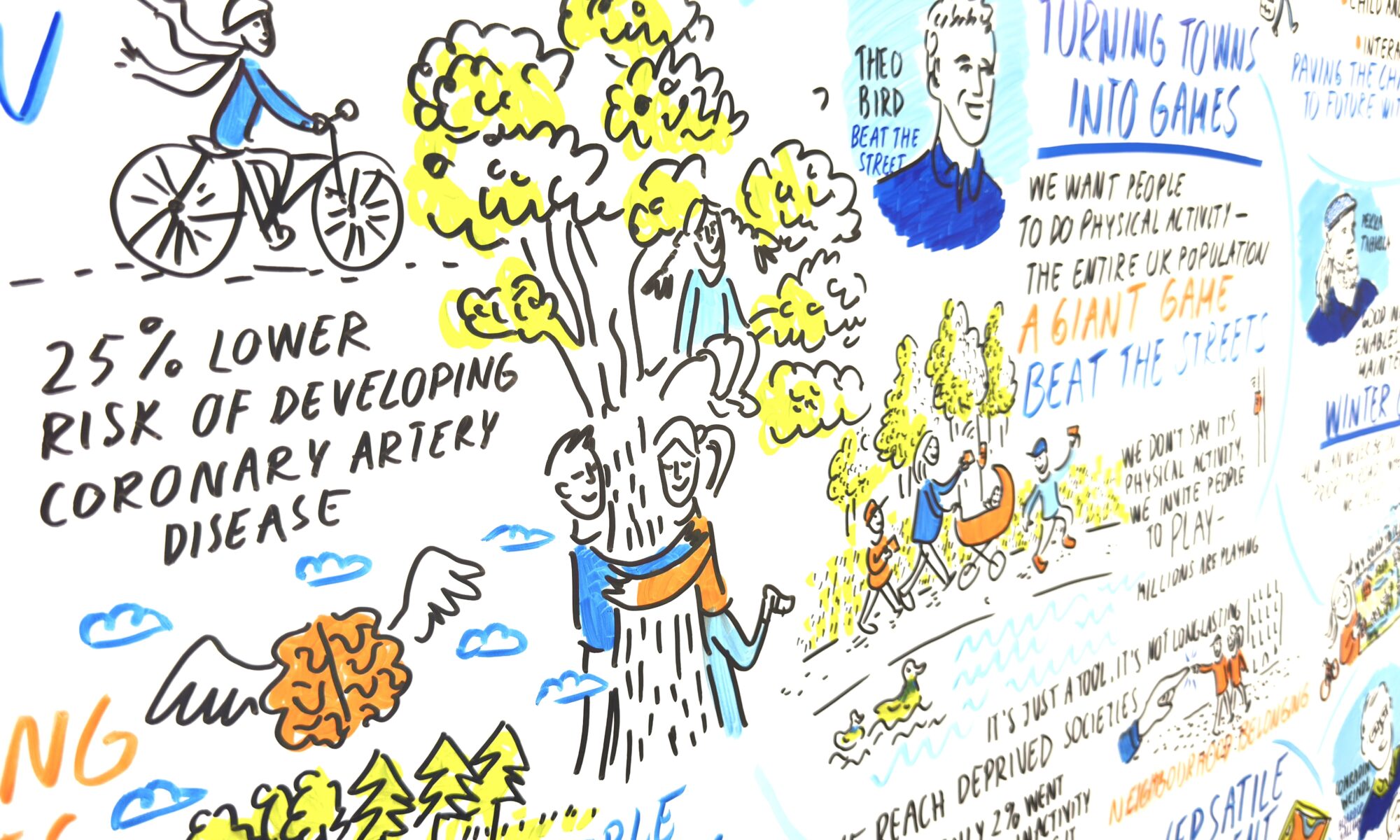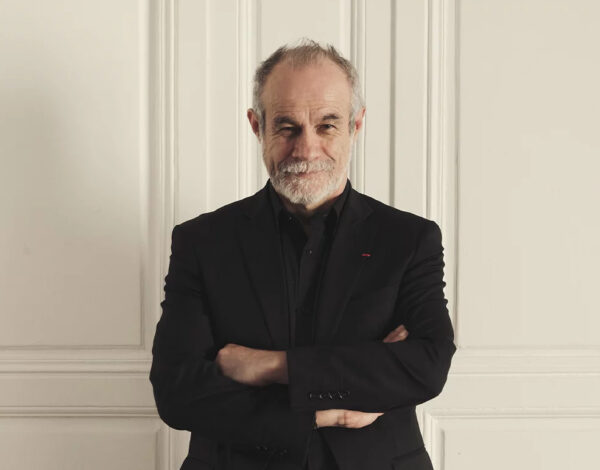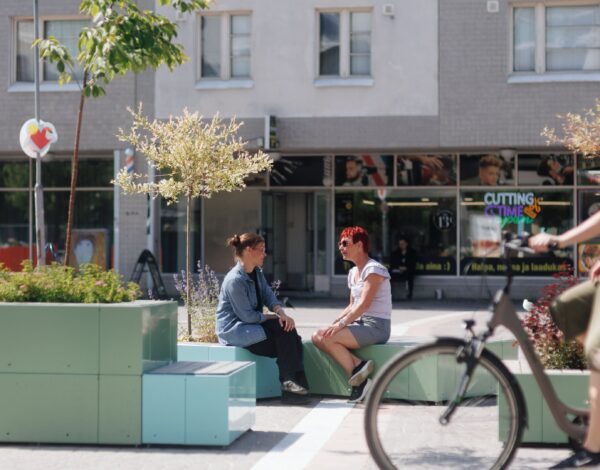As cities across Europe explore ways to promote physical activity and well-being, the connection between urban design, public spaces, and active lifestyles has never been clearer. The “B-EST Way to Move: How to make Estonia the most active nation in Europe?“, held in Estonia – Europe’s Sports Capital for 2025 – offered a unique platform to share inspiration, best practices, and foster collaborations that prioritize movement for all. The event was organised to outline and share best practices on how Estonia can achieve its vision:
“Estonia’s bold statement to become Europe’s most active nation by 2035 highlights also the power of rethinking urban spaces for movement and connection. Through outdoor activities, innovative design and cross-sector collaboration, they’re setting a transformational standard. I see this as an inspiring example for other European countries and cities to follow. They turn a vision into action!”
Arno Hermans
Founder European Sports and Wellbeing Alliance for Municipalities / co-founder Sports+Vitality
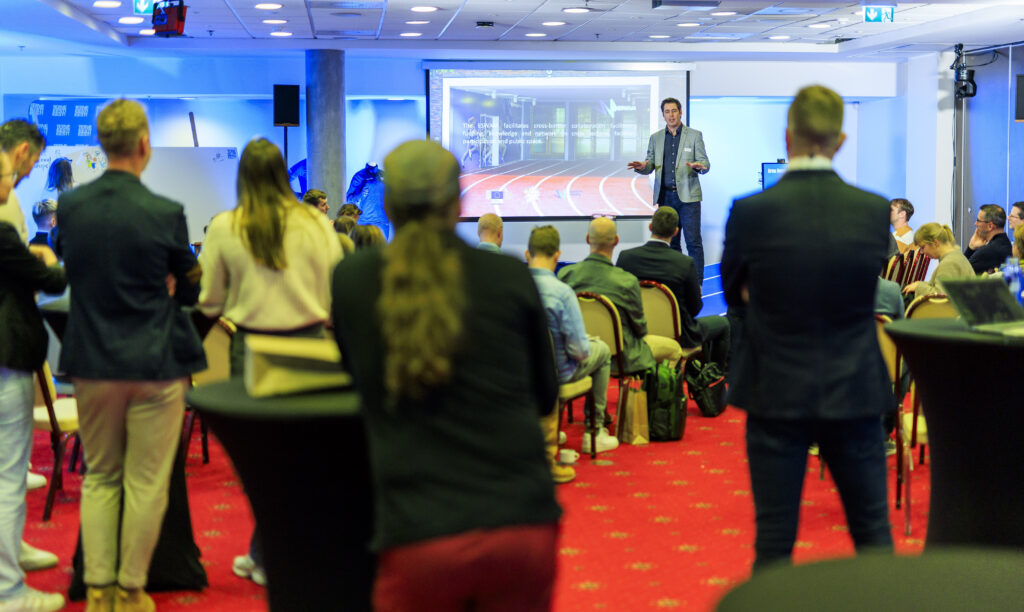
This conference highlighted innovative strategies, simple solutions, and cross-sectoral efforts aimed at turning the tide in addressing inactivity levels of all ages and making our cities move us. Let’s dive into some of the key takeaways – as well as highlights of the live illustrations by Siiri Taimla.
Collaboration Across Sectors: The Foundation of Active Cities
Creating spaces that inspire movement requires teamwork across diverse sectors. Stakeholders such as municipalities, urban planners, social affairs experts, facility owners, and athletes all play crucial roles. Deputy Mayor of Tallinn, Kaarel Oja, emphasized the importance of inclusive and impactful policies:
“We succeed when more people in Tallinn are active. Currently, 64% of residents exercise at least once a week – but every third person doesn’t. The main barriers include lack of interest, no free time, and health issues. Addressing these requires creative, inclusive solutions.”
One such solution has been opening up school stadiums and outdoor facilities for public use, breaking down accessibility barriers and encouraging informal exercise.
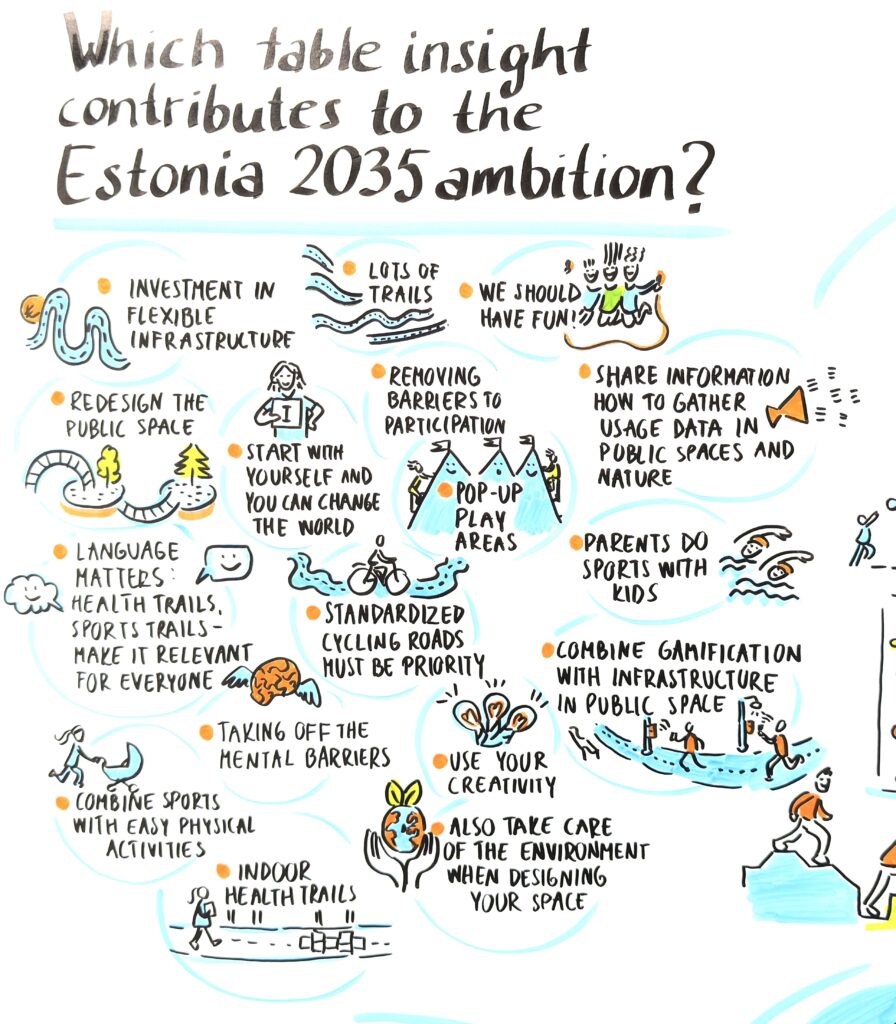
Outdoor Spaces as the Heart of Movement
Outdoor environments naturally lend themselves to activity and connection. According to Benjamin Billet of the French Ministry of Sports, the outdoors is where people feel most confident to engage in physical activity. Outdoor facilities are often less carbon-intensive, more cost-effective and inclusive and accessible
Beyond their environmental and financial advantages, these spaces reconnect people with nature. Research shows outdoor activity reduces the risk of heart attacks by 11–18% and lowers the likelihood of 13 types of cancer.
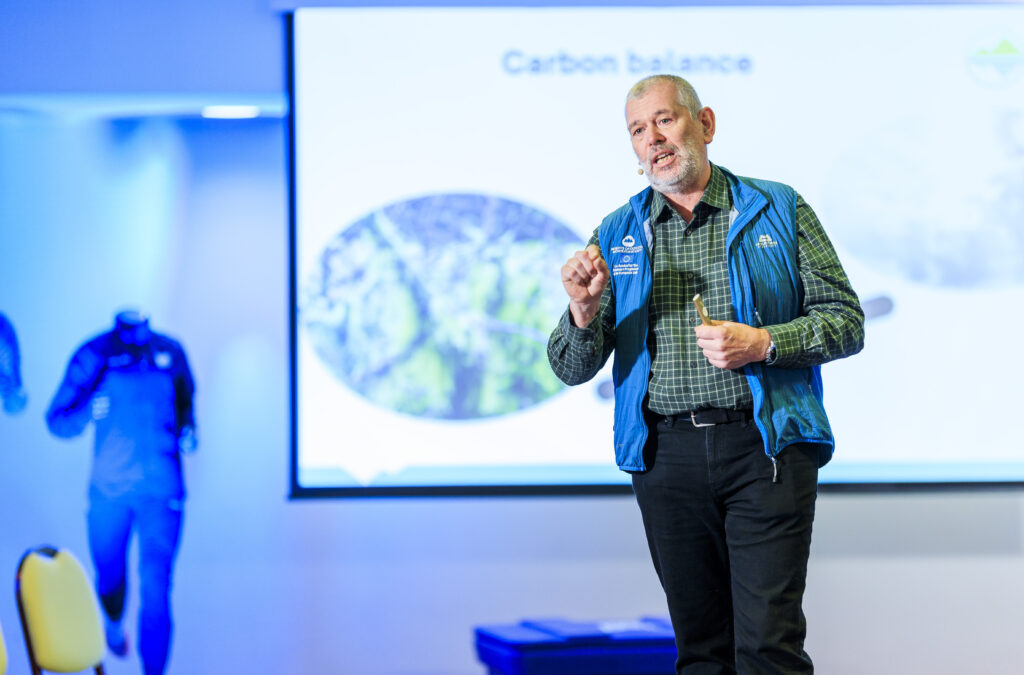
Mike McClure pointed out that interacting with nature through activity builds a sense of responsibility for preserving it:
“Getting active in nature not only improves mental and physical health, but also fosters a connection to the environment – encouraging care and conservation. With the rapid biodiversity loss and climate crisis – there is great urgency to act.”
However, he also warned of potential negative impacts, such as littering and overuse, calling for strategies like the Sports for Nature Framework to ensure a balance between use and preservation.
Innovative Approaches: Small Changes, Big Impact
Päivi Raivio from Parkly highlighted the potential of infusing playfulness into urban spaces by incorporating features that encourage open and unstructured play. These playful spots can be integrated almost anywhere—streets, squares, yards, and beyond. Play can seamlessly occur along daily routes, enhancing streetscapes, offering places to rest, and encouraging walking for people of all ages. With minimal effort, urban spaces can transform into vibrant hubs for activity and interaction, making cities more inclusive, engaging, and active for everyone.

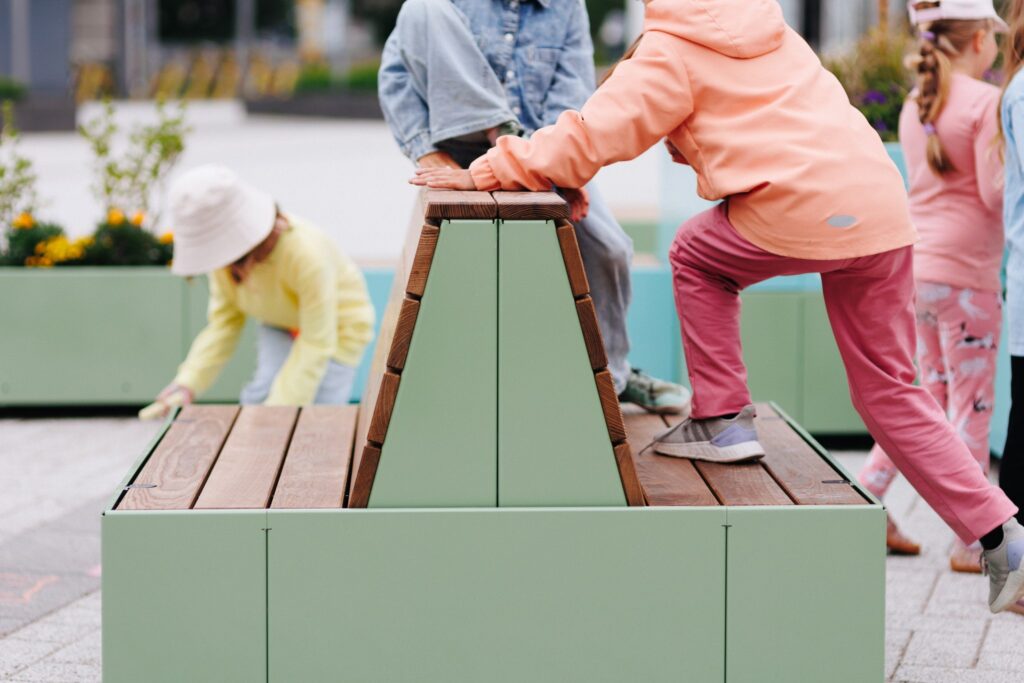
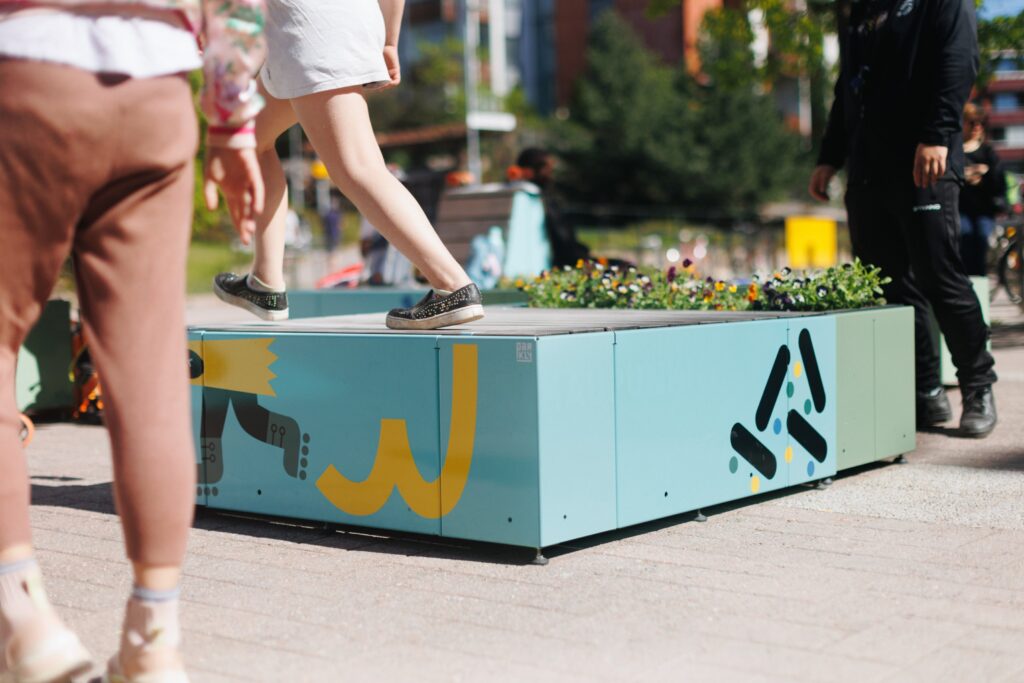
Simple, accessible solutions often have the greatest impact. For example:
- Tallinn’s Ball Boxes: By providing equipment like balls at open sports fields and stadiums, the city encourages spontaneous play without the need for registration or complex apps.
- Oulu’s Winter Cycling Success: In Oulu, Finland, 42% of residents cycle year-round, even in winter. Their secret? Prioritizing the maintenance of bike paths and walkways, proving that investing in infrastructure pays dividends in public activity.
Such measures make activity effortless and inviting, helping shift mindsets toward an active lifestyle.
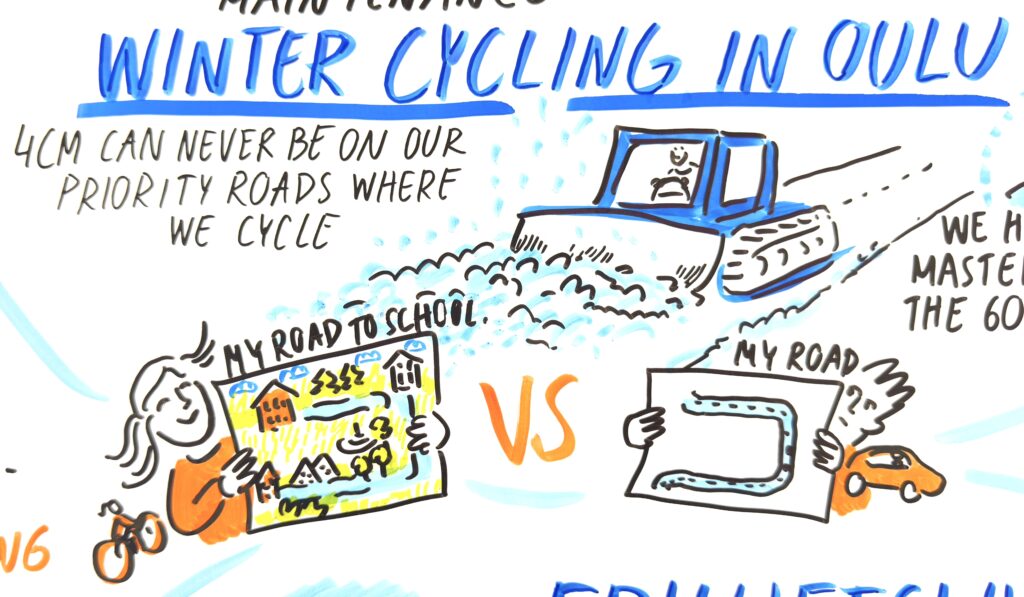
Data-Driven Action Plans
Data collection is vital for understanding behavior and creating effective strategies. Whether it’s tracking facility usage or conducting community surveys, insights allow cities to refine their approaches. For example, in Ülemiste City, a business park in Tallinn has utilized data for the creation of trails for walking meetings and carry out pilot programs like “Bike to Work” challenges inspire ongoing engagement.
CEO Ursel Velve sums it up:
“Real estate doesn’t matter if there are no people. Our focus is on creating high-quality, versatile environments that support well-being.”
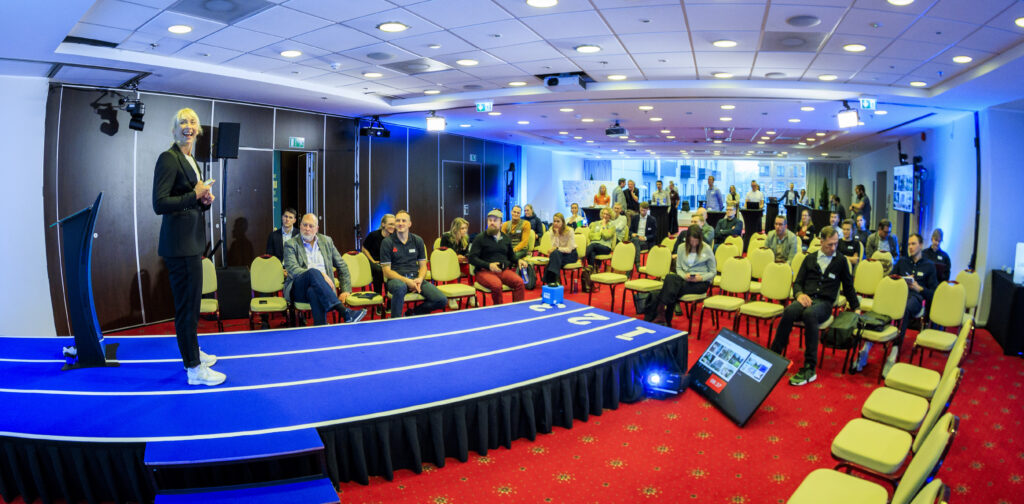
Outdoor Activity: A Human Right
Physical activity is not just a lifestyle choice—it’s a fundamental human right. Accessible public spaces, inclusive policies, and collaborative efforts can help remove barriers, making movement a part of daily life for everyone.
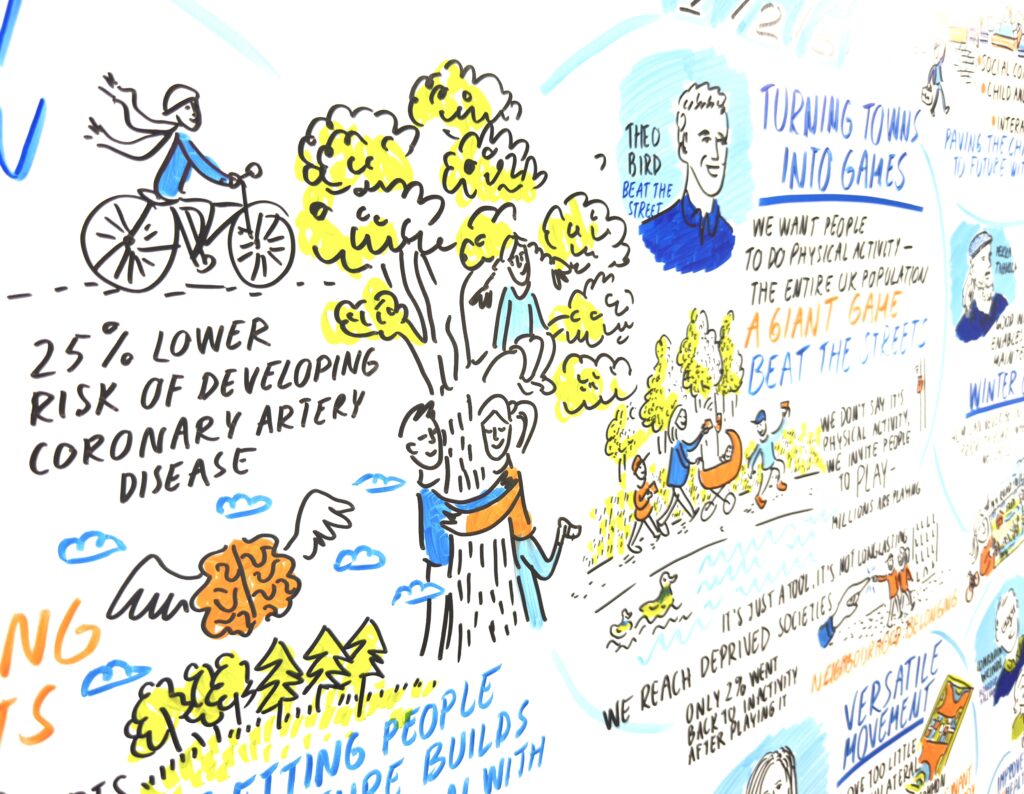
Alo Lõoke from Competence Centre for Physical Activity (Estonia) reflects the impact of the event and the vision:
“If you want to go fast, go alone. If you want to go far, go together. We have a great family all over Europe with whom to make moving as a lifestyle to all people. And there is no way back for pushing the limits higher in everyday work and collaboration for our vision: To make Estonia the most active nation in Europe by 2035. We had 2 days full of power, inspiration and open minded event in Estonia with more than 60 participants – experts, policymakers, and changemakers from across Europe. “B-EST Way To Move” was just a beginning.”
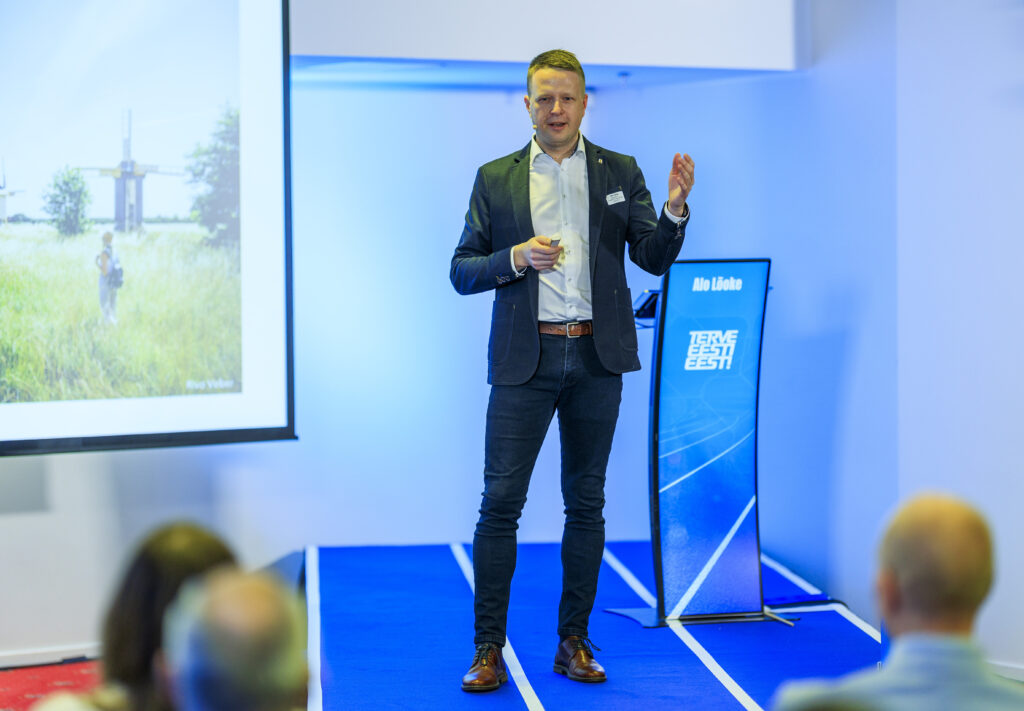
By prioritizing movement, embracing cross-sectoral cooperation, and leveraging the power of public spaces, cities like Tallinn and others across Europe are setting a powerful example for how to inspire active, healthy communities.
Photos: Karli Saul
Explore the topic
Event highlights and the recording
Article on playful cities and activity levels by Päivi Raivio
Taking work outdoors, guide by Parkly and Outdoor Office Day
